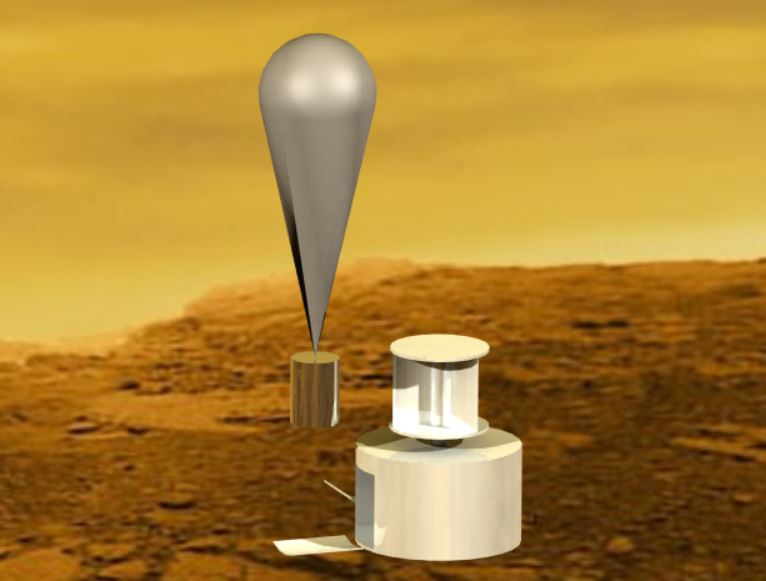Mechanical Offset for Sesmic and Environmental Study
long-lasting mechanical seismic recorder
The seismic study of Venus is essential for to understand the geological functioning of the planet. Indeed, Venus did not plate tectonics similar to what we know on Earth and we do not do not know how heat is drained or even if the heat is generated. Goal a real study is expected to take several months, but with the hellish surface conditions a classic probe would hold only a few hours.
The objective of the mission is therefore to carry out an extended study (several months) of surface seismic activity with minimal complexity. The seismograph must be devoid of a cooling system and therefore of electronics that would not survive the surface conditions. It is therefore necessary to be able to mechanically record the seismic data, recover it and transmit it to the Earth. One option is to use a scrolling tape recorder that would be reassembled in the cloud layer at the end of the mission by a balloon and then retrieved and read by an atmospheric platform.
this module should in any case be part of a multi-platform mission because it takes at least one atmospheric platform to recover the tapes. dice Moreover, it would be important to have a short-lived lander that would land MOSES in order to get a global view of the geological environment landed and have a calibration point for the initial conditions of the check-in.

Below are the main points to study to develop this atmospheric platform:
-Band scrolling system: In order to avoid electronic recorders, it seems more interesting to go back to the old pencil seismometer technology writing on a scrolling tape. Pencil and tape materials should be found that can withstand surface condition. We also need to find a way to scroll the tape at regular speed, potentially with a pendulum raised or not by a rotating wind turbine at a non-regular pace. Consideration should also be given to introducing other measurements on the band such as temperature, pressure, air velocity, brightness, chemical composition.
-Data recovery system: given the impossibility of transmitting information, it is appropriate to consider a system that, once the tape is finished, would open a hydrogen tank that would inflate a balloon. The latter would tear the recording tape and reassemble it in the cloud zone. There, a flying platform (dedicated to atmospheric study) would maneuver to retrieve the balloon, extract the tape, read it and transmit it to Earth. It is therefore necessary to study the design of the balloon and its inflating in such an environment and then the piloting and mooring of the atmospheric platform are finally the extraction, reading and transmission of the tape.